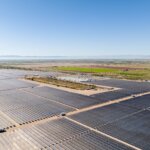August 5, 2025
Keeping the Lights On in Los Angeles: Inside One of America’s Largest Solar-plus-Storage Projects
Backed by $2 billion in private capital, Arevon’s Eland project can meet 7% of LA’s energy needs — cutting costs, curbing outages, and building a more resilient grid.
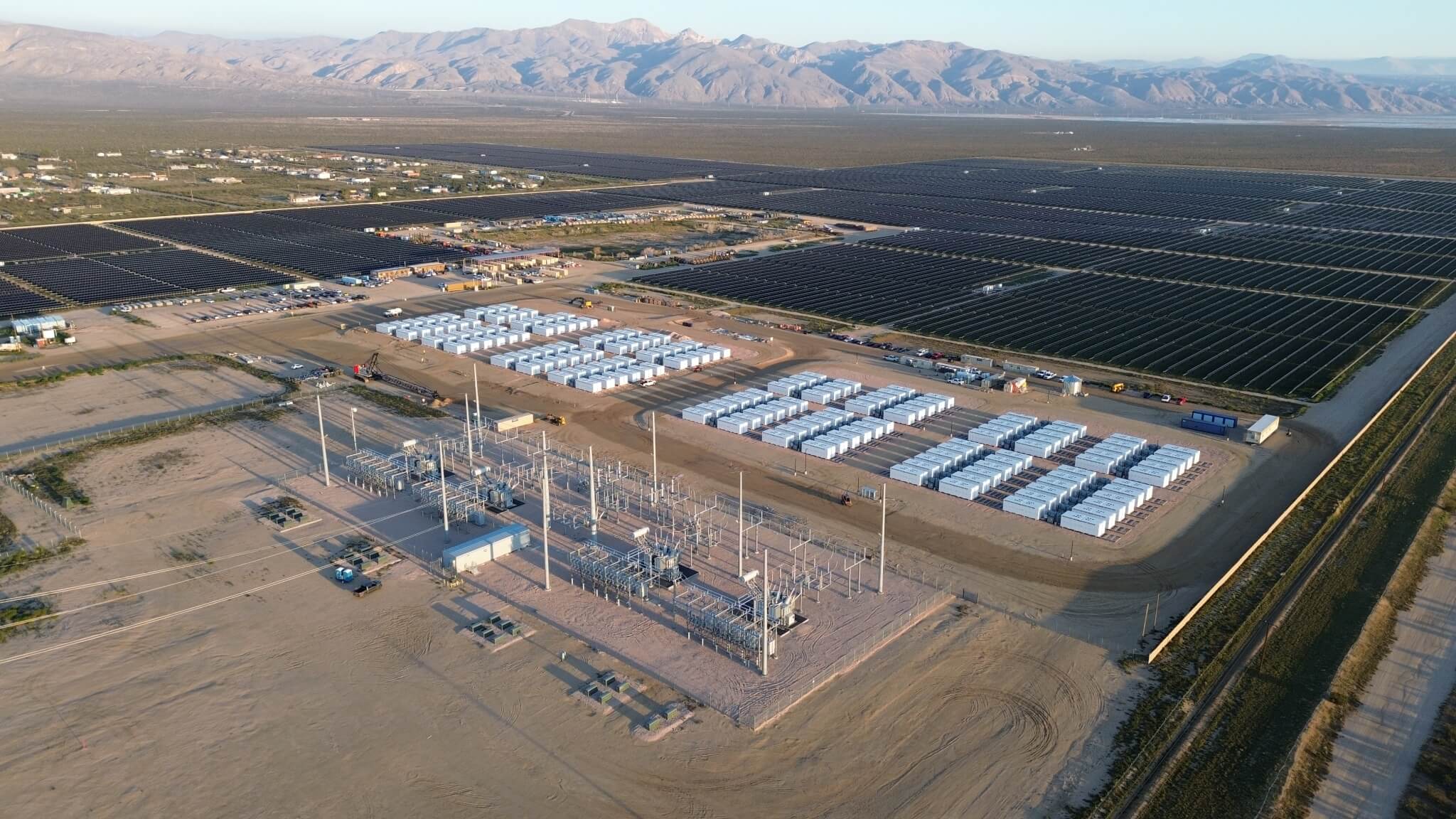
$2 Billion of Private Capital. 7% of LA’s Power. A New Era of American Energy, Built in the Mojave.
At the edge of California’s Mojave Desert, one of the most ambitious energy infrastructure projects in the country is proving that business logic — not policy theater — drives results, backed by $2 billion in private capital and a clear focus on strengthening America’s energy backbone.
Developed, owned, and now operated by Arevon, the two-phase Eland Solar-plus-Storage Project is capable of supplying 7% of Los Angeles’s electricity — energizing and bolstering the grid for a city whose influence reaches every screen and every stream. This isn’t a pilot or a promise. It’s a fully built, grid-scale solution delivering reliable, American-made energy to one of the most influential cities in the world, even after the sun goes down.
As power demand surges across the country — driven by the explosion of data centers, artificial intelligence (AI), and a digital economy that never sleeps — projects like Eland are stepping up to deliver energy when and where it’s needed most.
The Project at a Glance
Eland isn’t just big — it’s built to deliver. Any time of day.
The Eland Solar-plus-Storage Project combines 758 megawatts (MWdc) of solar power with 300 MW/1,200 megawatt-hours (MWh) of energy storage. That’s enough capacity to power more than 266,000 average California homes each year — and to be dispatched during peak evening demand when reliable electricity is most critical.
The project was developed in two phases. Eland 1 reached commercial operation in December 2024, and Eland 2 will officially be entering commercial operation in August 2025, with a ribbon-cutting ceremony marking the full commissioning of the site. Together, they form one of the largest solar-plus-storage facilities ever built in the United States.
Arevon partnered with top-tier U.S. manufacturers — including Nextracker and Tesla — to source technology for the project, reinforcing supply chain resilience and supporting American jobs. To strengthen the domestic solar manufacturing base, Nextracker has established fabrication lines across the country dedicated to producing solar steel for its trackers. Meanwhile, Tesla’s energy storage systems for the Eland project were manufactured locally at its state-of-the-art Megapack facility in Lathrop, California.
Electricity from both phases is sold under long-term contracts with Southern California Public Power Authority who delivers it to its members, Los Angeles Department of Water and Power and Glendale Water and Power, providing homegrown, affordable power to Southern California communities.
Why It Matters Now
America’s energy landscape is shifting fast. The explosive growth of AI, data centers, and 24/7 digital infrastructure is placing unprecedented demands on the electric grid. This surge in electricity consumption isn’t theoretical — it’s already underway.
- Data centers are projected to consume up to 12% of U.S. electricity by 2028, a sharp rise from 4.4% in 2023, potentially surpassing the energy usage of traditional heavy industries like steel and cement manufacturing.
- With AI driving growth alongside other digital services, data centers are on course to account for nearly half of the growth in U.S. electricity demand between now and 2030, highlighting the urgent need for scalable and reliable energy solutions.
What’s needed isn’t just more energy. It’s fast, flexible, dependable capacity that can be built on American soil, without the long construction timelines of traditional power plants or the vulnerabilities of fuel supply chains. And that’s exactly what Eland delivers.
By pairing large-scale solar with advanced battery storage technology, Eland delivers low-cost electricity to meet LA’s energy needs — including when demand spikes. It’s a smarter, faster, and more resilient way to keep the lights on, protect against brownouts and blackouts, and reduce costs for homes and businesses alike.
Real Results: Grid Reliability and Cost Benefits
The first phase of the Eland Solar-plus-Storage Project has been operational since December 2024 — and in just a few short months, it’s already proving its value to the grid.
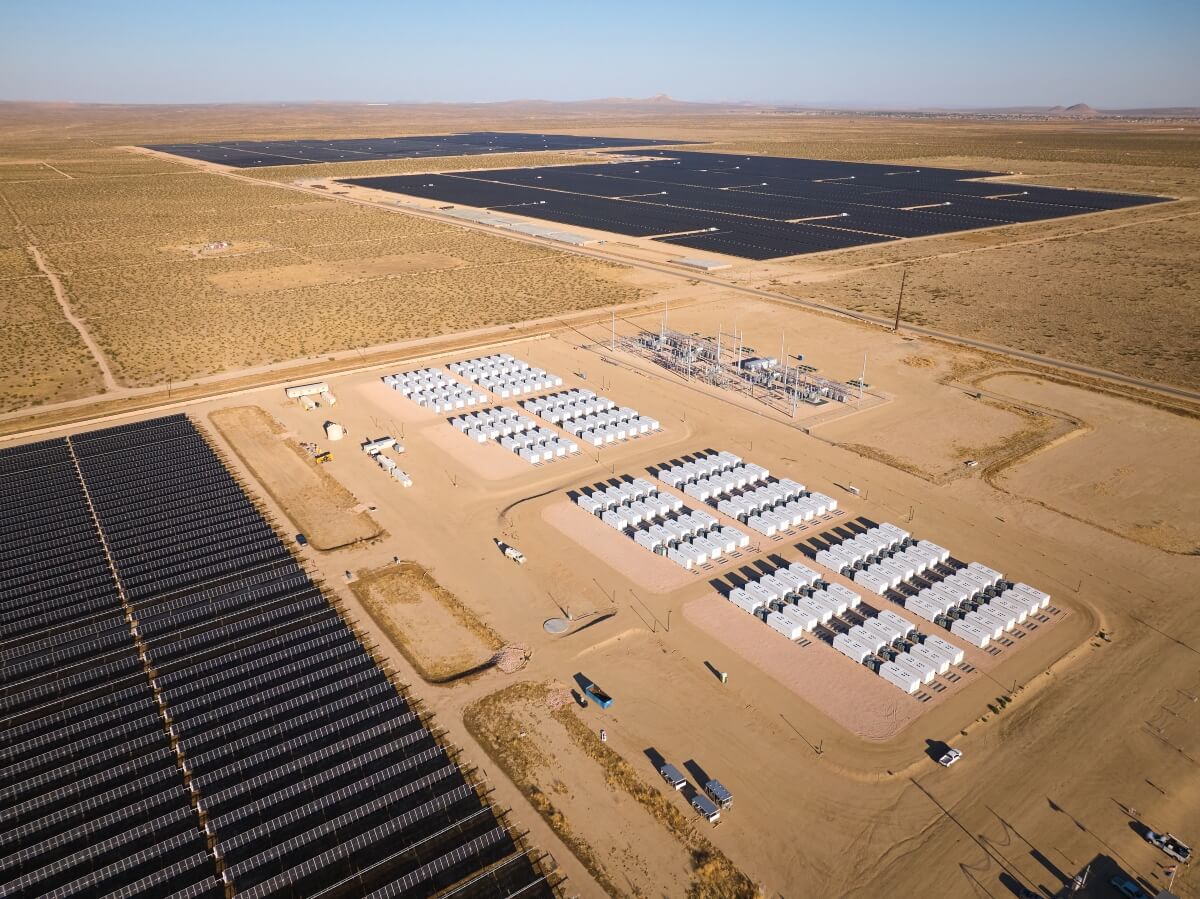
By extending the value of solar well beyond daylight hours, Eland delivers energy when and where it’s needed most. It’s built to meet California’s most demanding energy challenges head-on: powering communities through peak demand, reducing the risk of brownouts and blackouts, and helping keep energy prices stable.
In the first 8 months of operation, Eland 1 already delivered measurable benefits:
- More than 1,550 hours of critical peak-time operation: Eland 1’s battery system has been dispatched more than 350 times in less than a year during the most expensive and high-demand hours — providing power when it’s needed most and supporting grid reliability.
- More than 1,450 hours of nighttime delivery: even after sunset, the system has continued supplying dependable electricity, proving that stored solar power can work around the clock.
- Response time in three seconds: when a signal is sent, Eland 1 responds almost instantly — delivering power to the grid in approximately three seconds. That kind of speed is critical to avoiding outages and maintaining grid stability.
“The completion of Eland marks a critical step toward LADWP’s accelerated goal of 100% clean energy by 2035. The Eland project represents what we need to achieve this objective — scale, energy storage, reliability, and innovation — while ensuring reliable, resilient and affordable power for Angelenos.” — Janisse Quiñones, Chief Executive Officer and Chief Engineer, Los Angeles Department of Water and Power
These aren’t hypothetical benefits. They’re operational results from an active facility — showing what American-made, utility-scale solar-plus-storage can deliver right now.
And this is just the beginning.
With the second phase of the Eland project nearing commercial operation, the impact will only grow. Together, Eland 1 & 2 represent the full $2 billion investment coming online — delivering even greater support to the grid, especially during California’s most critical demand periods.
We’ll be checking back in after a full year of operations to share results from the complete Eland Solar-plus-Storage Project. But early signs point to a clear conclusion: this is what energy security looks like when it’s built at scale, built smart, and built in America.
Economic and Community Impact
While Eland strengthens the grid and delivers dependable energy to Southern California, it’s also created tangible economic benefits close to home.
During construction, the project supported approximately 1,000 jobs, prioritizing local labor and skilled trades. From engineering and logistics to electrical work and equipment installation, the project invested in people — not just infrastructure.
Over its lifetime, Eland is expected to contribute more than $36 million in local tax revenue — dollars that directly support schools, first responders, and essential public services throughout Kern County.
“The Eland project continues Kern County’s contribution to renewable energy throughout California. With more than 21,000 MW of solar and wind plus storage, our projects provide local jobs for long term careers in green energy with comprehensive environmental permitting. We are proud to provide the green electrons that power sustainable California as the fourth largest economy in the world.” — Lorelei H. Oviatt AICP, Director of Kern County Planning and Natural Resources
Arevon’s involvement in the community doesn’t end with construction. The company actively supports local organizations and initiatives throughout the life of its projects — through volunteer efforts, charitable donations, and community partnerships.
In 2024, Arevon supported the revitalization of Balsitis Park, breathing new life into a beloved community space in an underserved neighborhood. We also helped fund a new sign for city hall, bringing a renewed sense of pride to the heart of the city.
That same year, we joined the California City community cleanup effort — contributing funding and rolling up our sleeves alongside residents for repairs, educational activities, and volunteer projects to beautify shared spaces.
We also forged an ongoing partnership with Safe Haven Kids’ League of California City, a vital nonprofit that operates a food bank and serves as a fiduciary for I Love California City, supporting a wide range of local programs. This partnership is helping the League expand public health initiatives, strengthen food assistance efforts, and grow its resource center — serving families throughout Southeast Kern County.
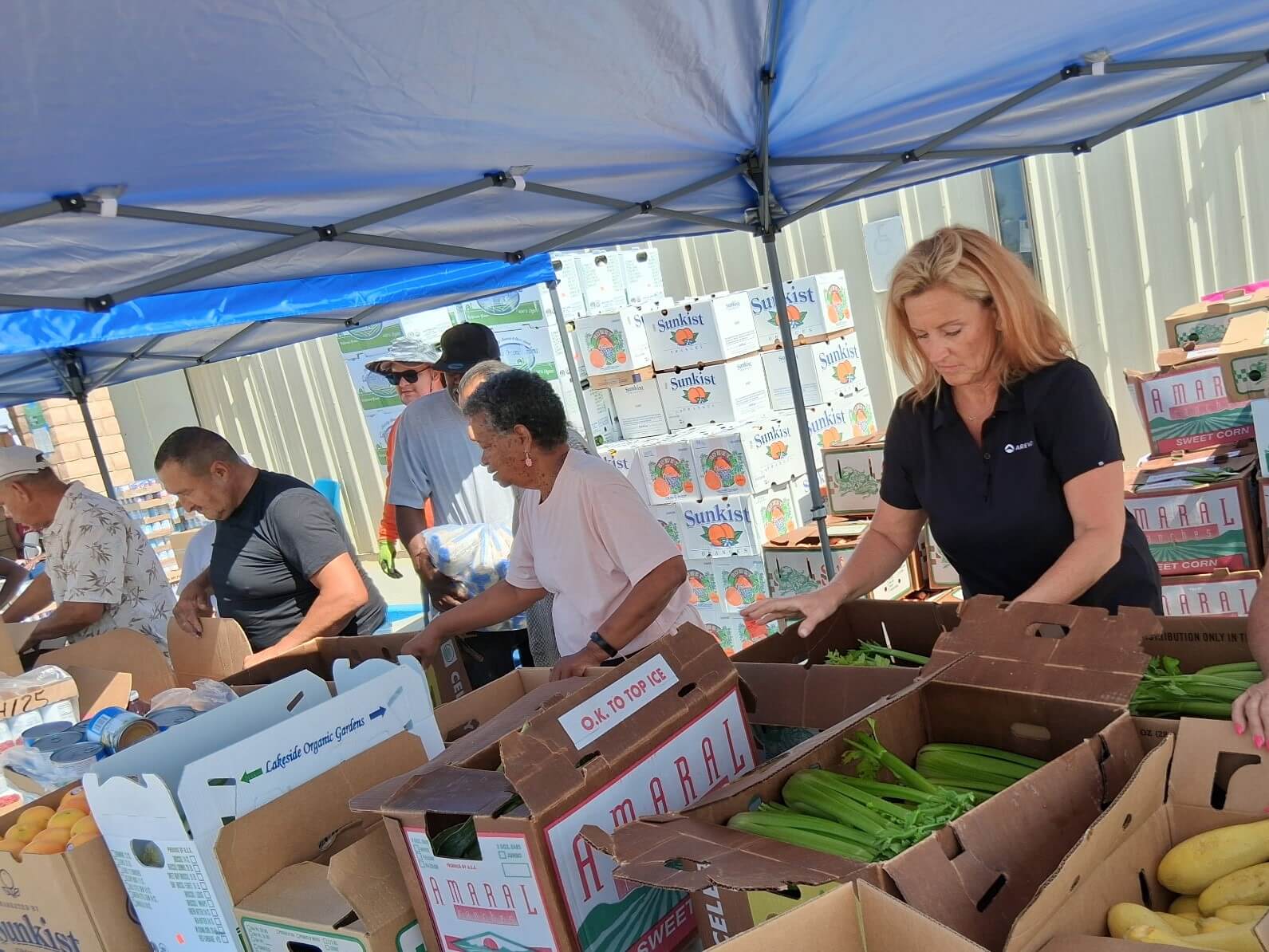
This is what responsible energy development looks like: building long-term value for host communities while advancing America’s energy independence.
The Bigger Picture
Eland is more than a regional success — it’s a glimpse into the future of American energy. In 2024, more than 90% of new U.S. electricity generation capacity came from renewable sources, with solar alone accounting for more than 81%. That’s not a shift. It’s a surge.
Eland shows what that surge looks like in practice: American energy infrastructure, built with $2 billion in private capital, delivering affordable electricity at scale — and ready to respond in real time to the grid’s most urgent needs.
As energy demand continues to rise — driven by AI, data centers, and always-on digital infrastructure — utility-scale solar-plus-storage will play an increasingly vital role. Projects like Eland are helping ensure that the U.S. electric grid remains reliable, affordable, and secure — without delay, without dependency, and without compromise.
This Is What American Energy Leadership Looks Like
Arevon’s Eland Solar-plus-Storage Project isn’t just a milestone — it’s a model.
It shows what can happen when private capital, American manufacturing, and a clear-eyed focus on energy independence come together at scale. It’s infrastructure that works — not in theory, but in the real world — powering homes, supporting critical services, and helping keep the lights on in one of the nation’s largest and most energy-intensive cities.
Since federal manufacturing policies were enacted in 2022, 84 new solar and storage manufacturing facilities have come online across the United States, with another 55 facilities currently under construction. More than 354,000 Americans work in the solar and storage industries, across all 50 states. Eland demonstrates how those incentives are translating into real projects, real jobs, and real energy on the grid.
In August 2025, Arevon will mark full commercial operation of the $2 billion two-phase Eland project with an on-site ribbon-cutting celebration. But the real story is just beginning.
As an American company, Arevon is leading by example — investing in the grid, partnering with U.S. manufacturers, and proving that energy security doesn’t have to wait. Eland stands as a blueprint for how the United States can meet rising energy demand, safeguard the grid, and grow the economy — without sacrificing speed, reliability, or control.
This is American energy, built for today and ready for tomorrow.
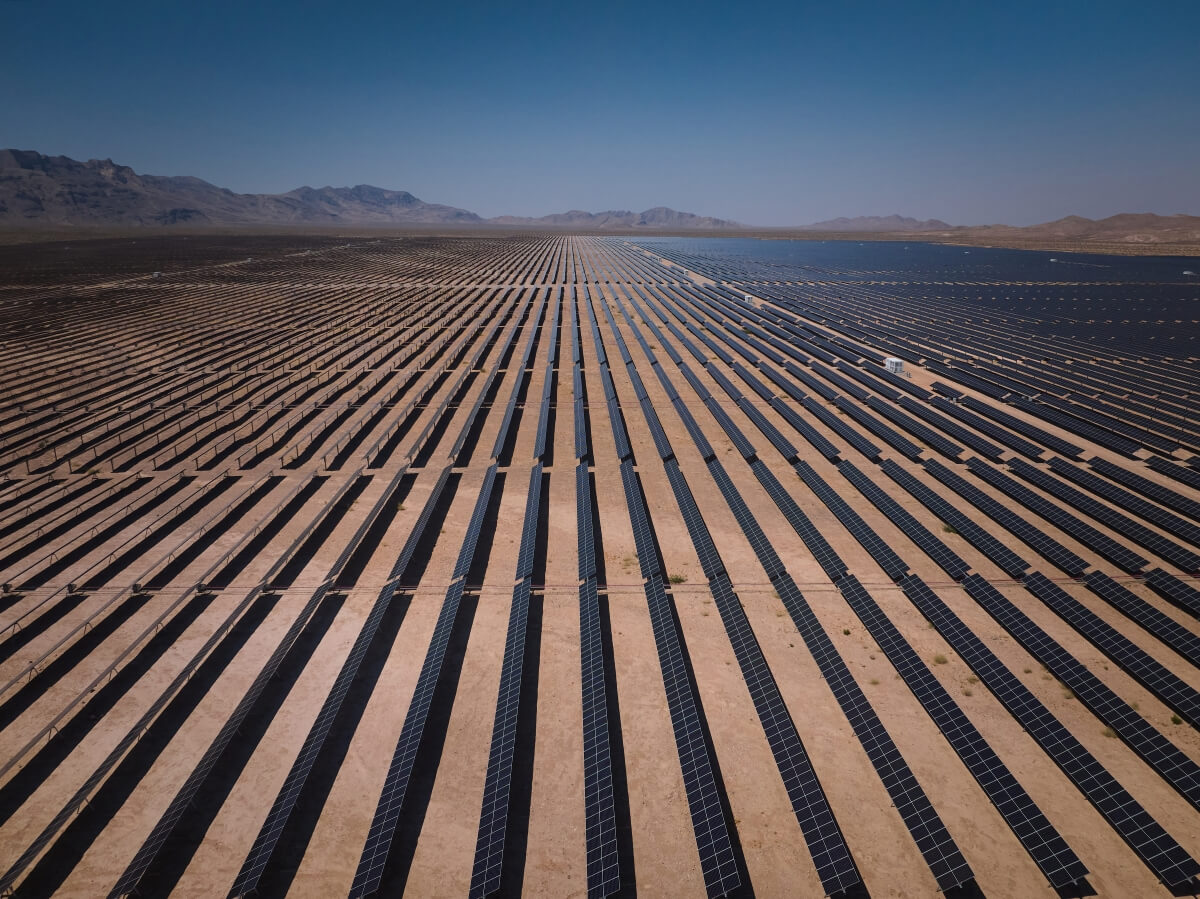


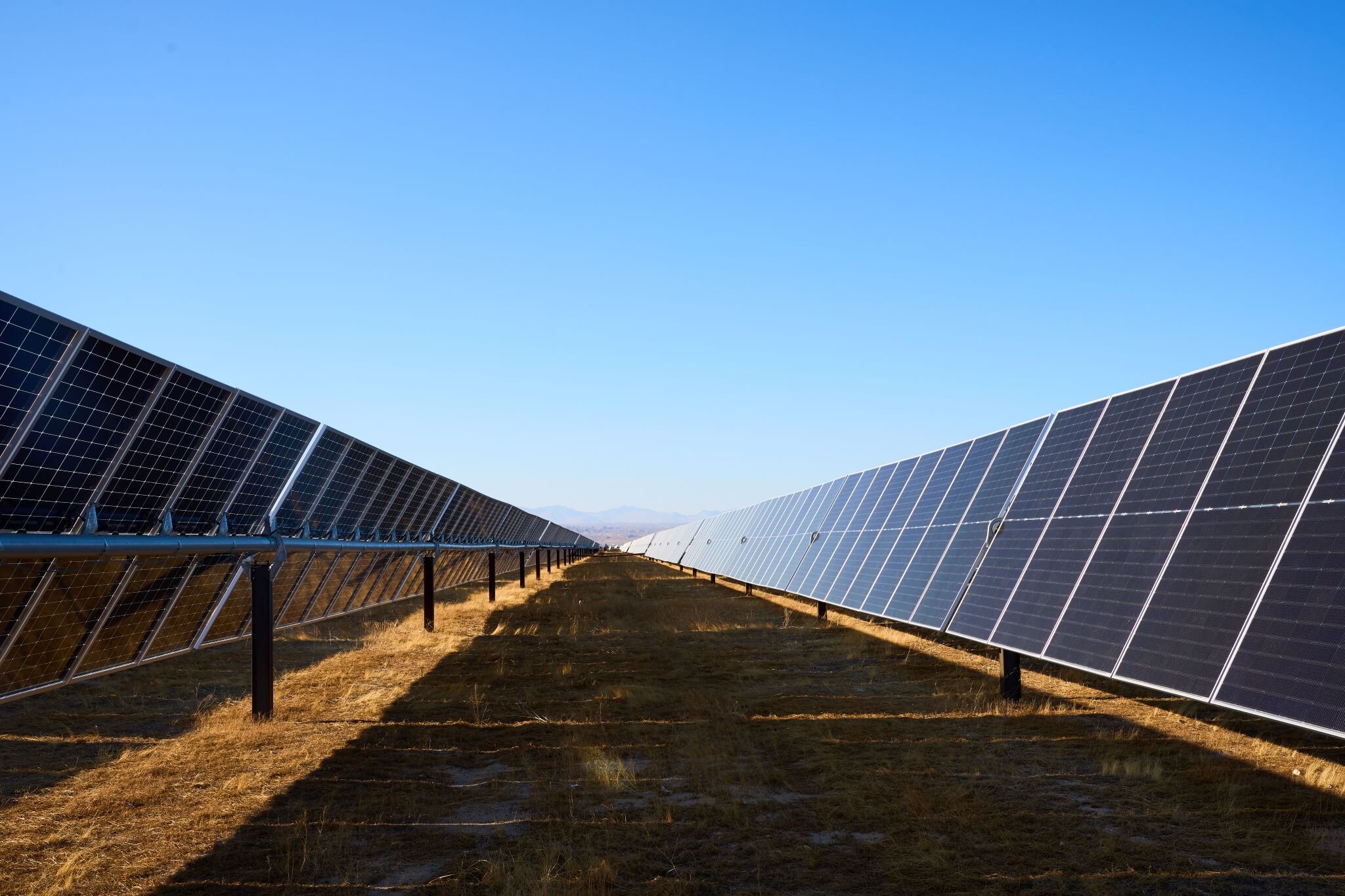
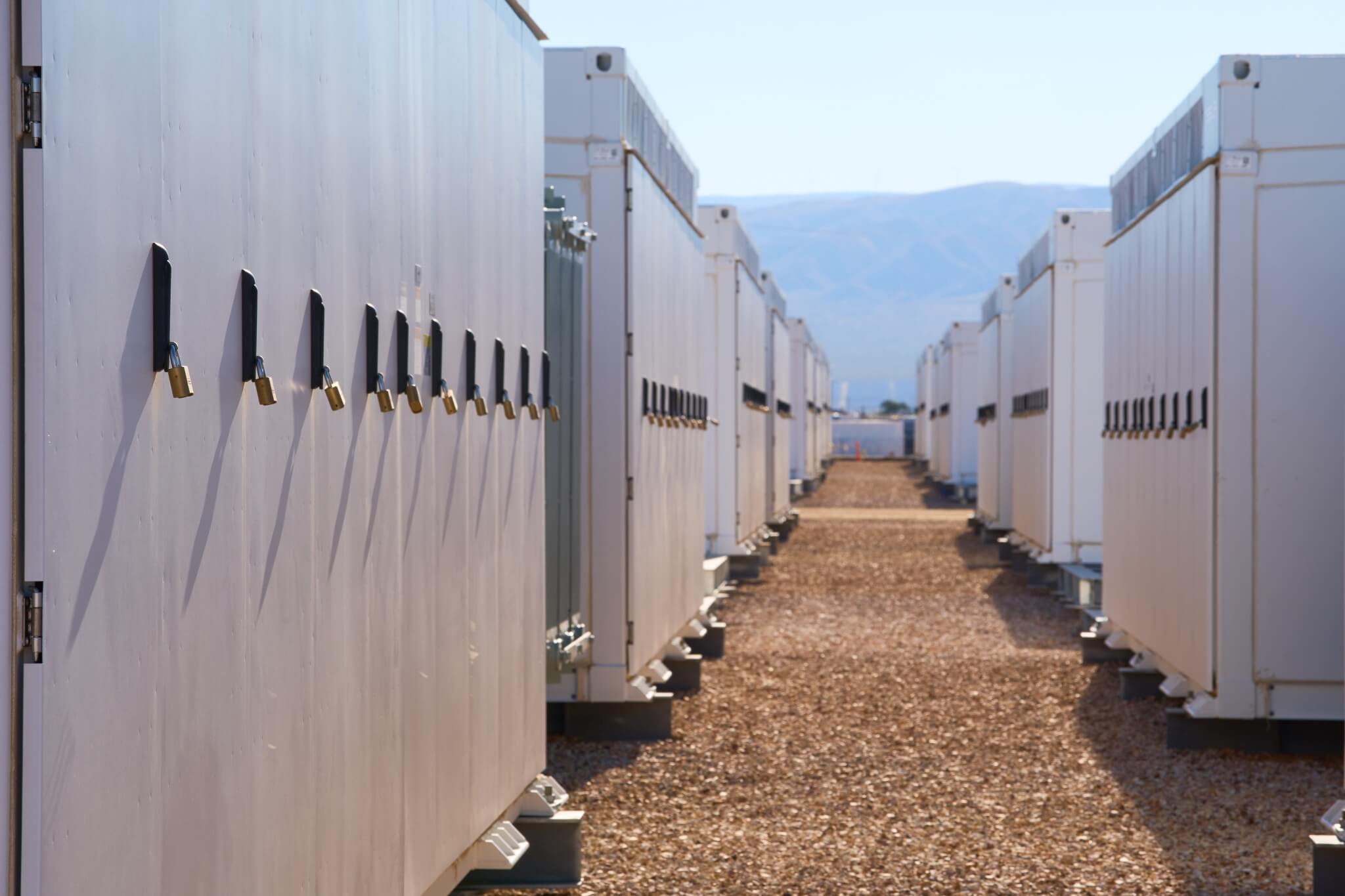
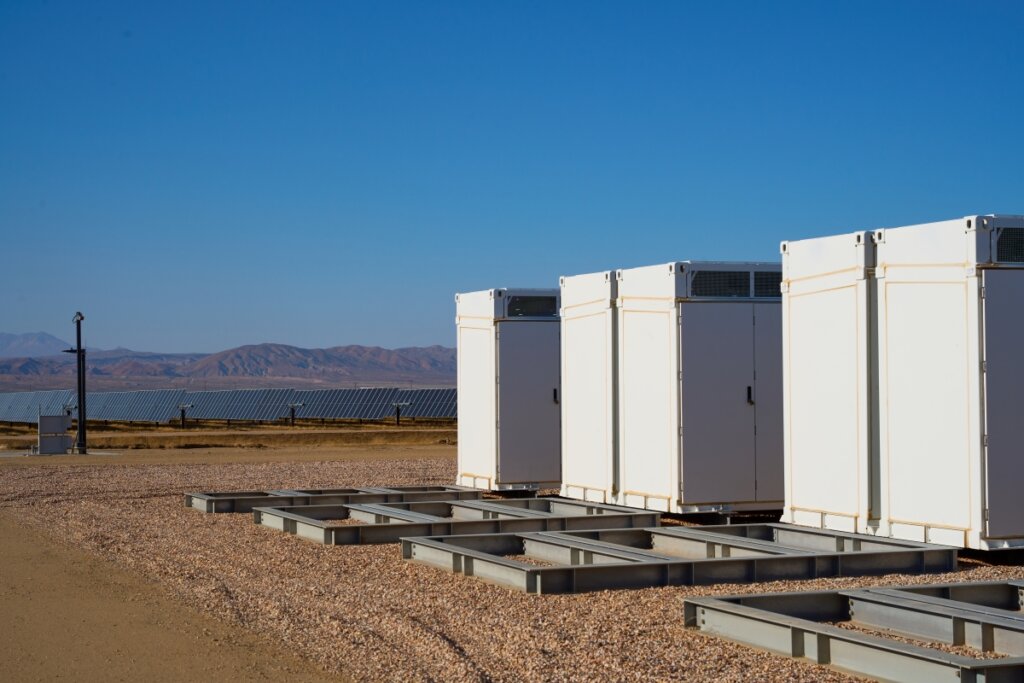
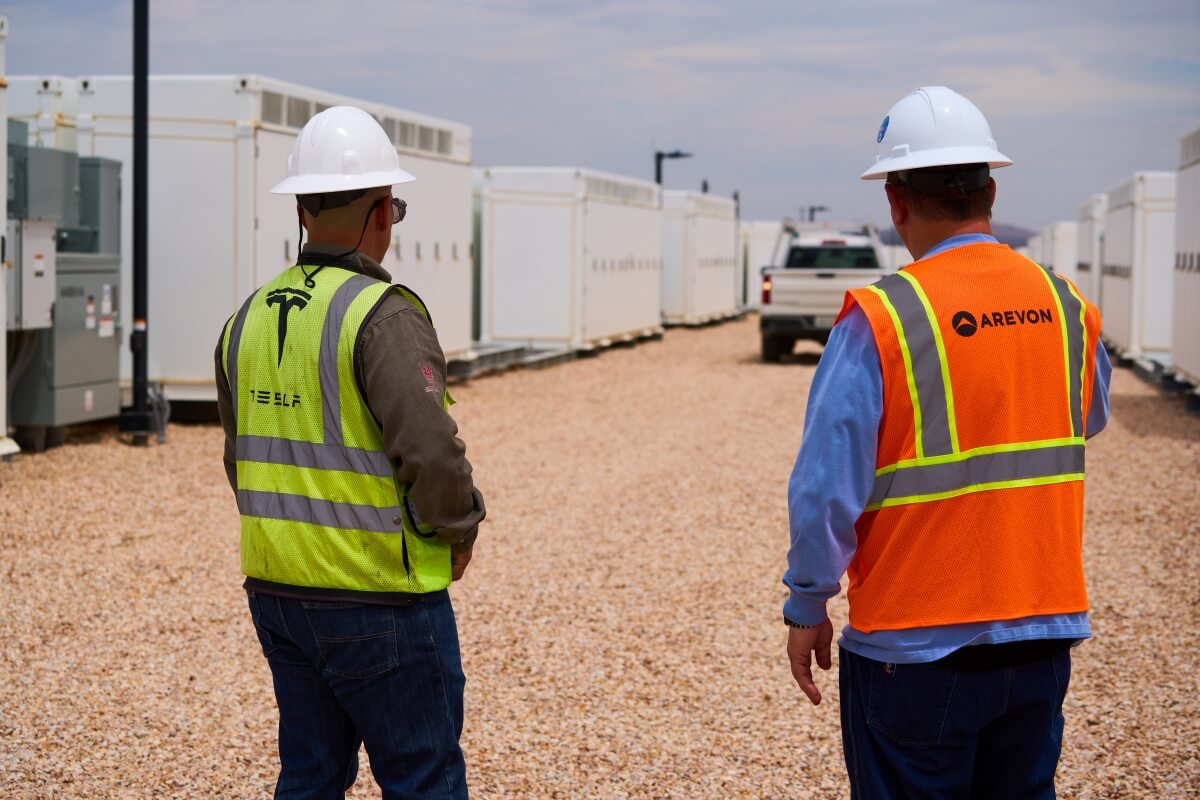
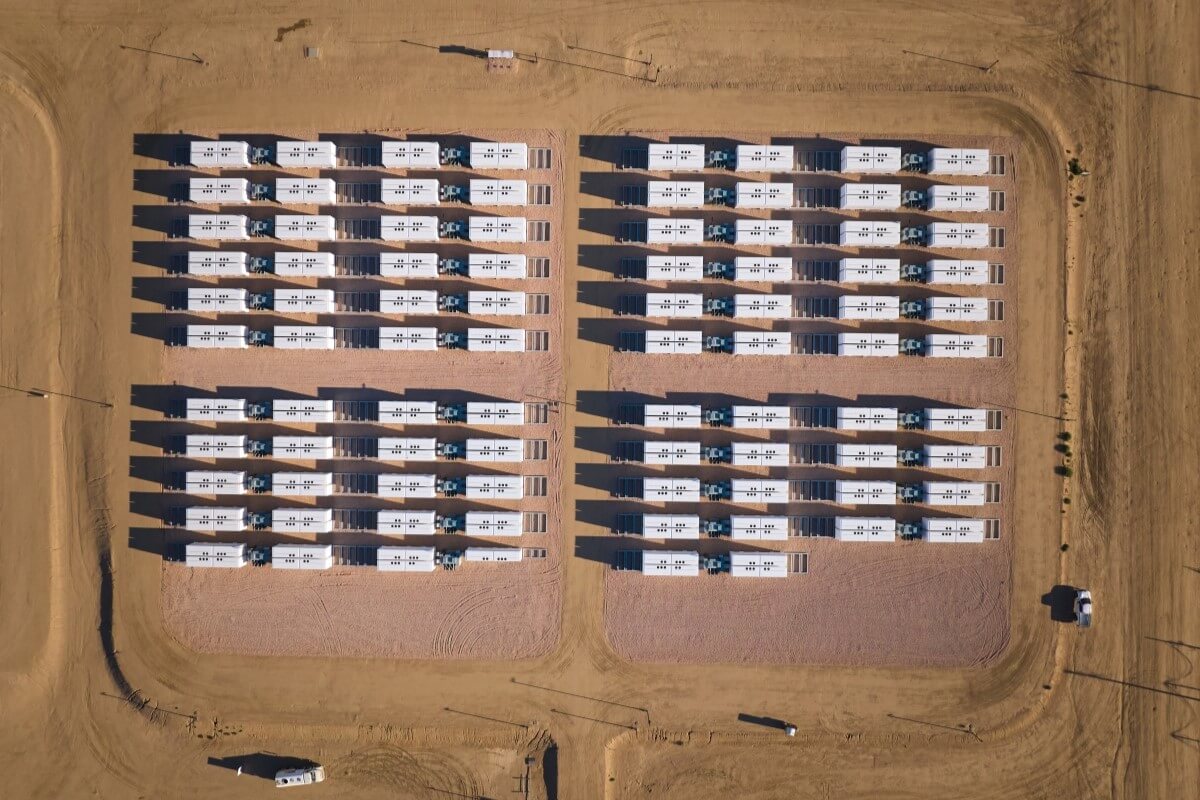
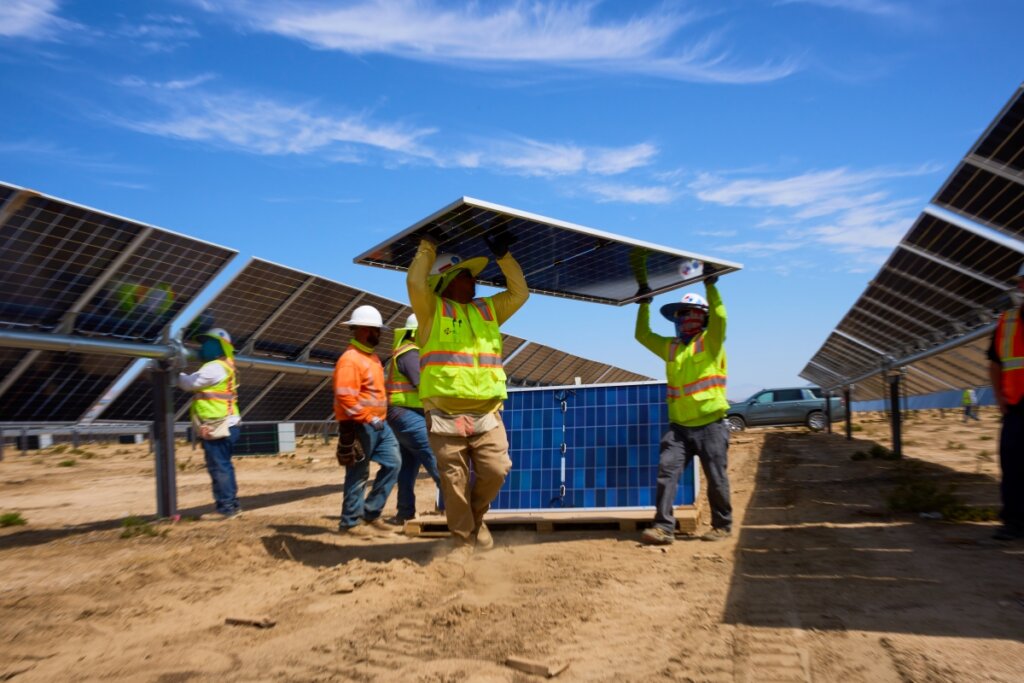
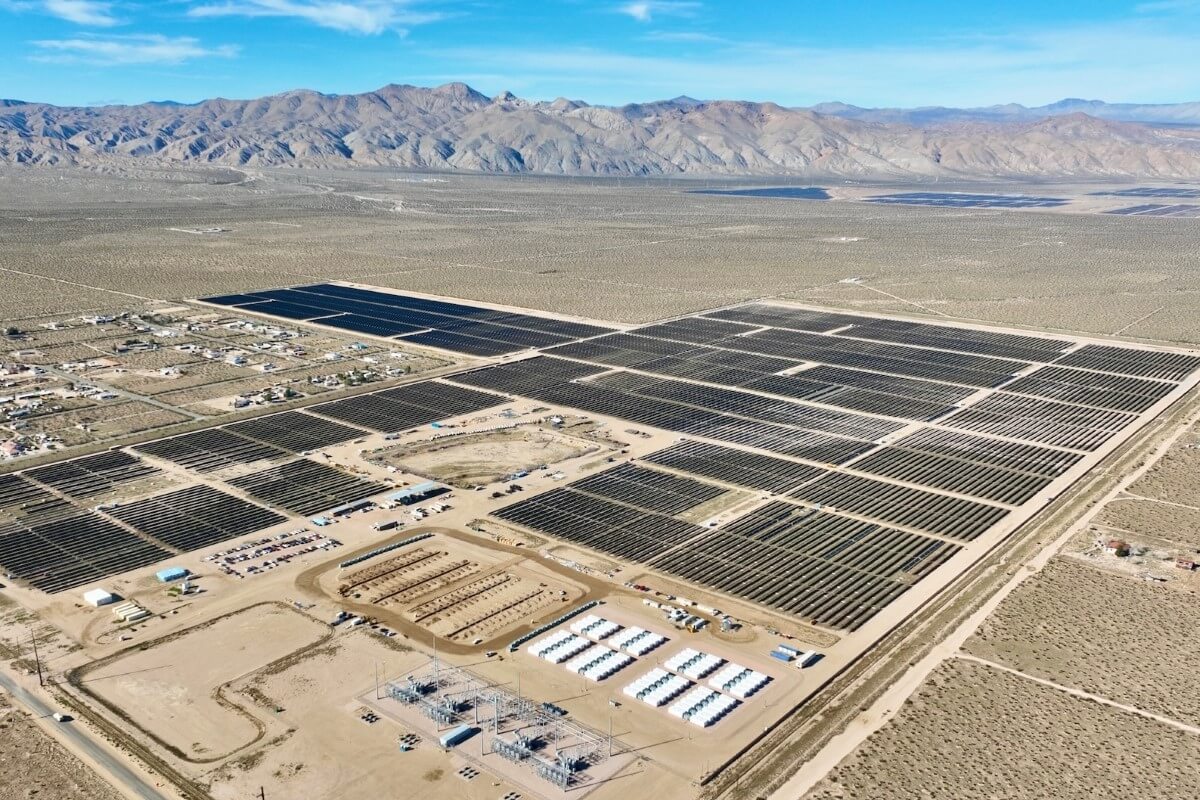
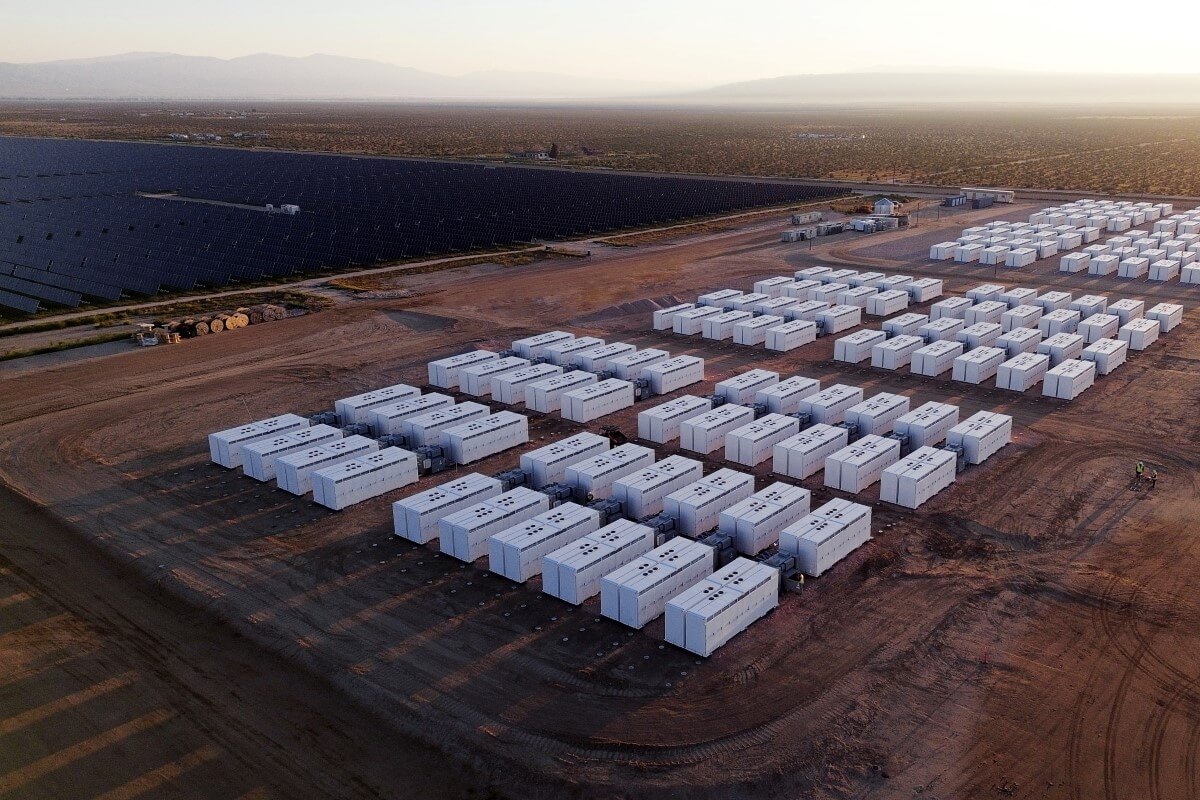
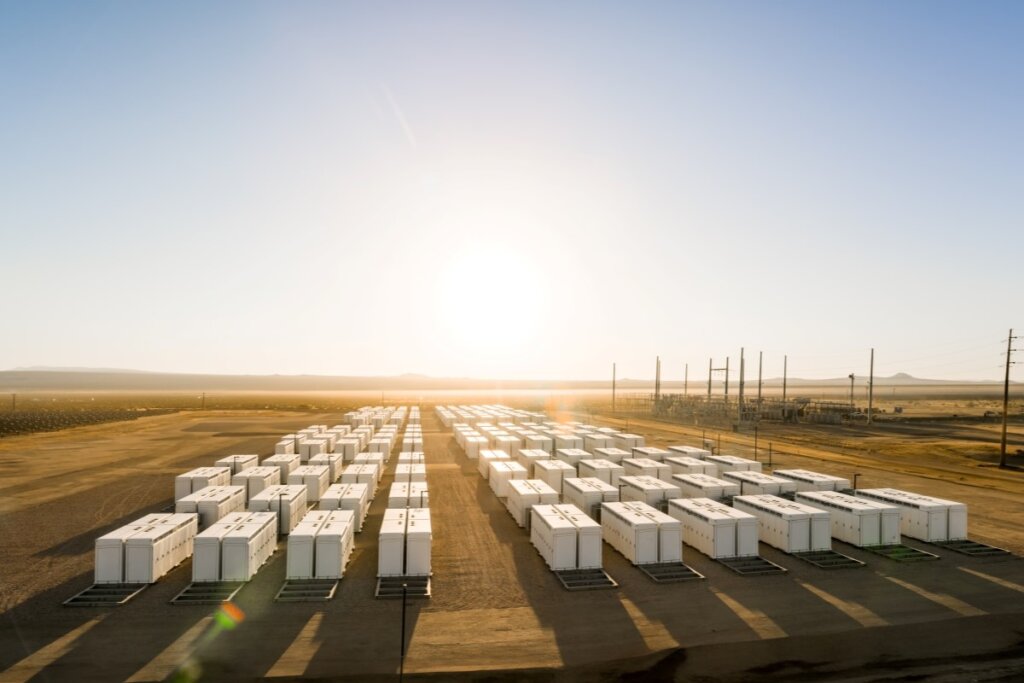
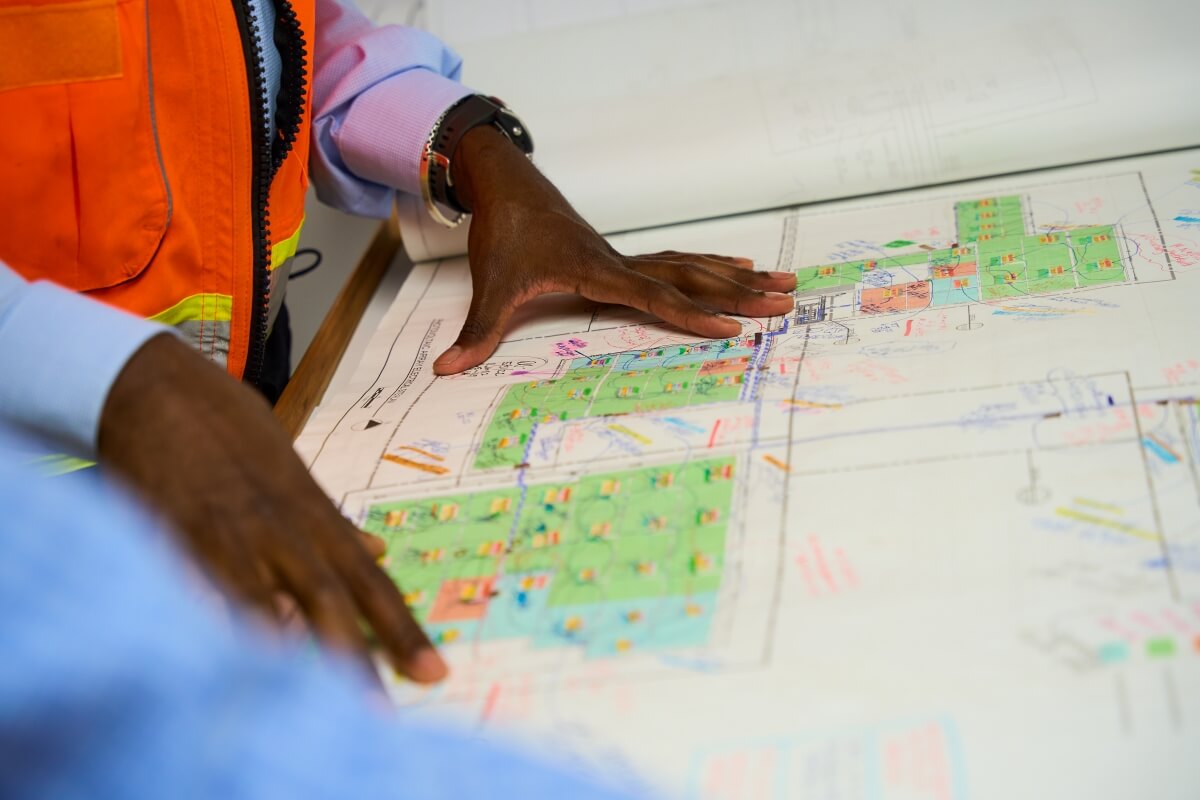
This is Arevon
Follow us on LinkedIn for more stories of how we’re powering progress.



